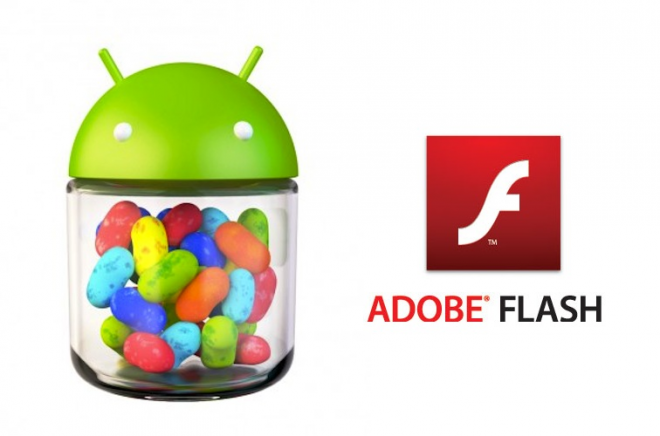
Installing Flash on Devices Upgraded to Jelly Bean
When dealing with devices that have been upgraded to Jelly Bean the advantage is that although Google Chrome is the default browser, the old stock browser is still present as well. As a result, these instructions should help you to install and enable Adobe Flash support:
- Download Flash Player APK
- Transfer the Flash Player APK file to the SD card of your Android device
- Open the file and install it using a File Manager
- Run the stock browser app
- Open the browser settings
- Find the option to enable the Flash Player either to ‘on demand’ or ‘always on’, depending on your preference
Installing Flash on Devices with Jelly Bean Pre-Installed
Unfortunately when you are dealing with devices that come with Jelly Bean pre-installed (i.e. the Nexus 7), there is no stock browser and as much as Google Chrome may be a great desktop browser, its mobile version does not allow for any plugins.
So if you want to run Adobe Flash, you’ll need to first download and install the stock browser by following these instructions:
- Make sure your Jelly Bean device is rooted
- Download stock browser APK from the Android Open Source Project (AOSP) Jelly Bean ROM
- Transfer the APK file to the /system/app folder on the your device
- Change the permissions from rw——- to rw-r–r–
- Check to see if you can find any files named browser provider.apk or browser provider.odex
- If you find any such files, rename them to something else or just add a ’1′ after the file extension
For now this workaround is a great way to once again be able to enjoy the benefits of Adobe Flash on your Android device. Hopefully in the future Google Chrome itself will support Adobe Flash and there won’t be a need for these extra steps, but at least you have a way to get Flash to work while waiting.

0 comments:
Post a Comment